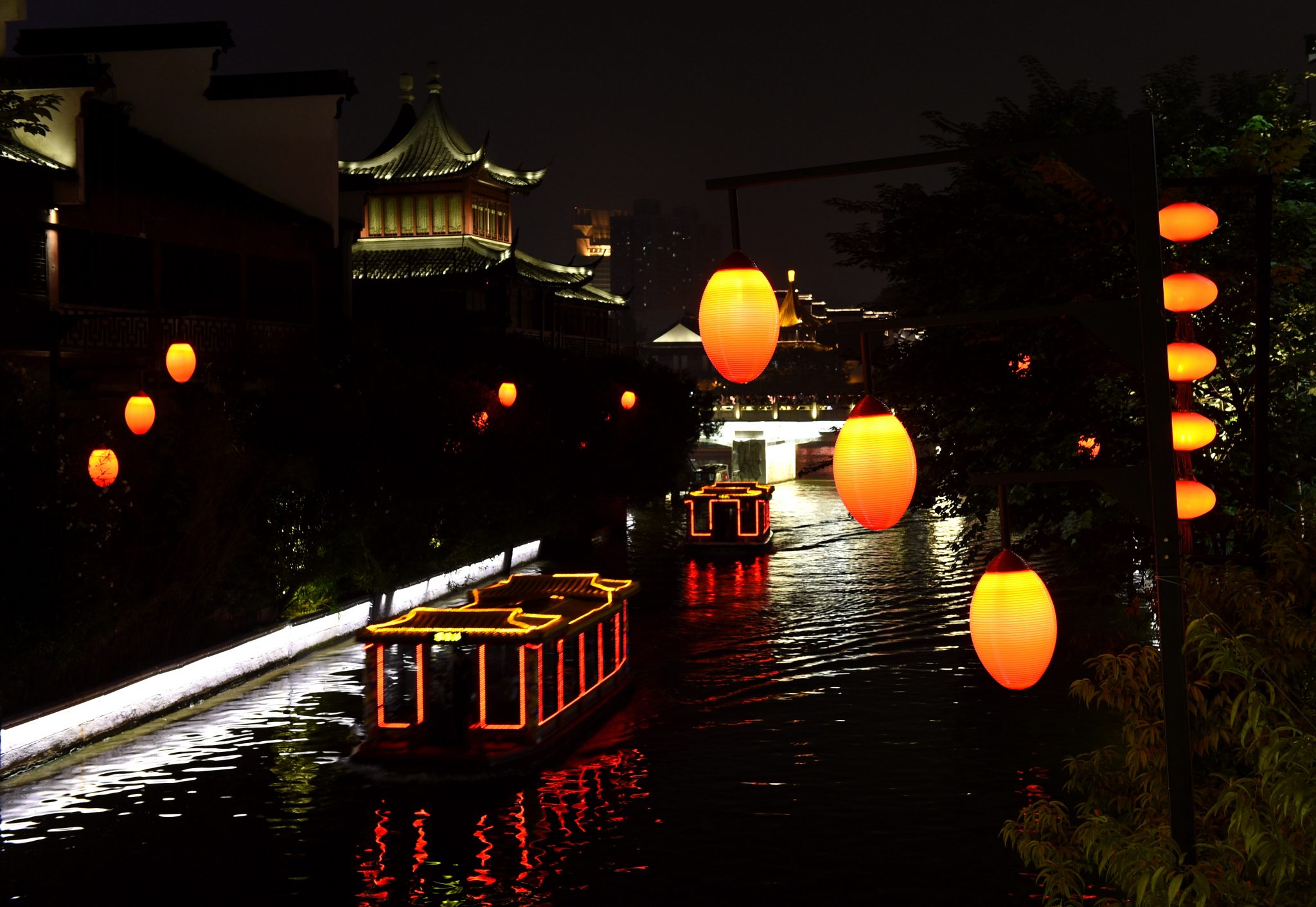Nanjing Sports Park: An Ongoing Success as a People’s Park for the City
August 28, 2014
-
Categories
As the very successful Nanjing 2014 Youth Olympics draws to a close (28th August), we wanted to take a look at the evolution of China’s most successful sports precinct, Nanjing Sports Park, a decade after it was built.
Nanjing Sports Park is made up of a number of sporting facilities including a stadium, arena, tennis, swimming, and media centres, situated within a large parkland. It was originally built to host the 2005 China National Games, a kind of test case before the Beijing Olympics. Now, nine years later, the centrepiece of the park, the Nanjing Olympics Sports Centre held the Opening and will host the Closing ceremony for the Youth Olympics, as well as all athletic events. Many of the 28 events during the 12 days of competition have also been held at other venues within the Park precinct. The ongoing success of Nanjing Sports Park is a testament to a team act – consideration of legacy right from the beginning, connection with the community, and active management of the park.
When we first designed Nanjing Sports Park, there was, literally, nothing else around it. It was built on a green field site and the challenge was to create an iconic development that could be an integrated and harmonious part of the future development of the city, yet reflect the historic status of Nanjing as the ancient capital of China. Today, as modern high rise residential and commercial buildings continue to densify around it, the sports park has literally become the central core of a new city. It has all the elements required to achieve a critical mass, capable of sustaining independent city life – residential, commercial retail and leisure elements combined with all the services and transport infrastructure required to make the “stadium city” thrive.
We adopted the same principle of considering legacy first after winning the original masterplan competition for the 2014 Youth Olympics. The masterplan design was intended to unite the city through green infrastructure utilising lanterns to light up the host city and be used as portals to the games. Once again the Masterplan was also designed with the long term development of the city in mind and with the Youth Olympics Games carefully positioned to inhabit the new city, rather than retrofit a legacy.
While all reports show an extremely well managed successful event, it’s still a little early to really determine the long term effect or influence of the Nanjing Youth Olympics. But the legacy of the Sports Park can certainly be measured, and it is much more than the events held inside on any given day. Its real success has been how much it has been embraced by its community, and used all through the year. The Sports Park management has done a magnificent job of encouraging the community involvement over the past ten years. The sports buildings which make up the Park are grouped closely together, and 35 percent of the precinct is made up of parkland. The concept of the masterplan was the idea of creating a “People’s Place”, a dynamic destination point within the City of Nanjing. The real success is that the Park and the Precinct have become part of the fabric of the city.
It is in fact China’s most successful sports precinct. The main stadium hosts regular football games as well as major Events which are beamed and streamed around the world. The swimming centre can host more than ten thousand on a hot summer day and a popular ice skating rink was built adjacent to the main gymnastics hall for families. Other activities have also sprung up, like an outdoor beach, a golf driving range, and the manmade lake which attracts fishermen as well as picnickers. Restaurants and sport related businesses have evolved in key locations on the site.
The Nanjing Sports Park is an important model for what can be achieved post a major event because of a shared vision between the Client, designer and operations team. It is well established that many sporting facilities cannot survive on simply a few major events throughout the year. What is required is a balance between good creative design, a sound business and operations plans and disciplined building maintenance. The Sports Park design looks to the future but is timeless. It is a design that considers the spaces between the buildings as key zones of activity as well as the buildings themselves.
The Nanjing Sports Park this week is not just a celebration of the 2014 Youth Olympics. It is a testament to design that considers legacy from the outset. Unlike many sports facilities in the region, this is a Sports Park that has thrived and grown over the first ten years of its life. It is a celebration of a working, proven viable sports leisure and entertainment destination as an important urban heart of a major city centre.
